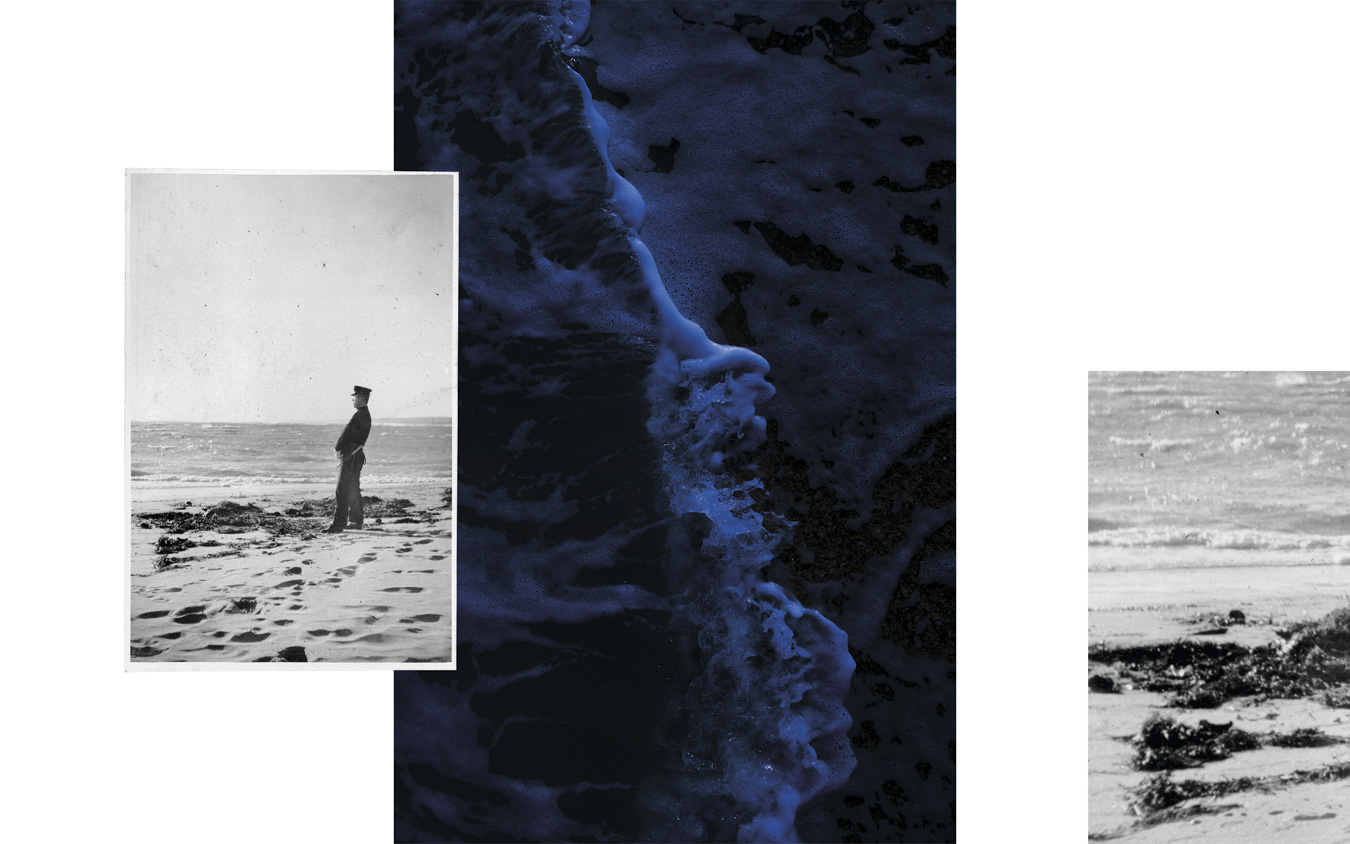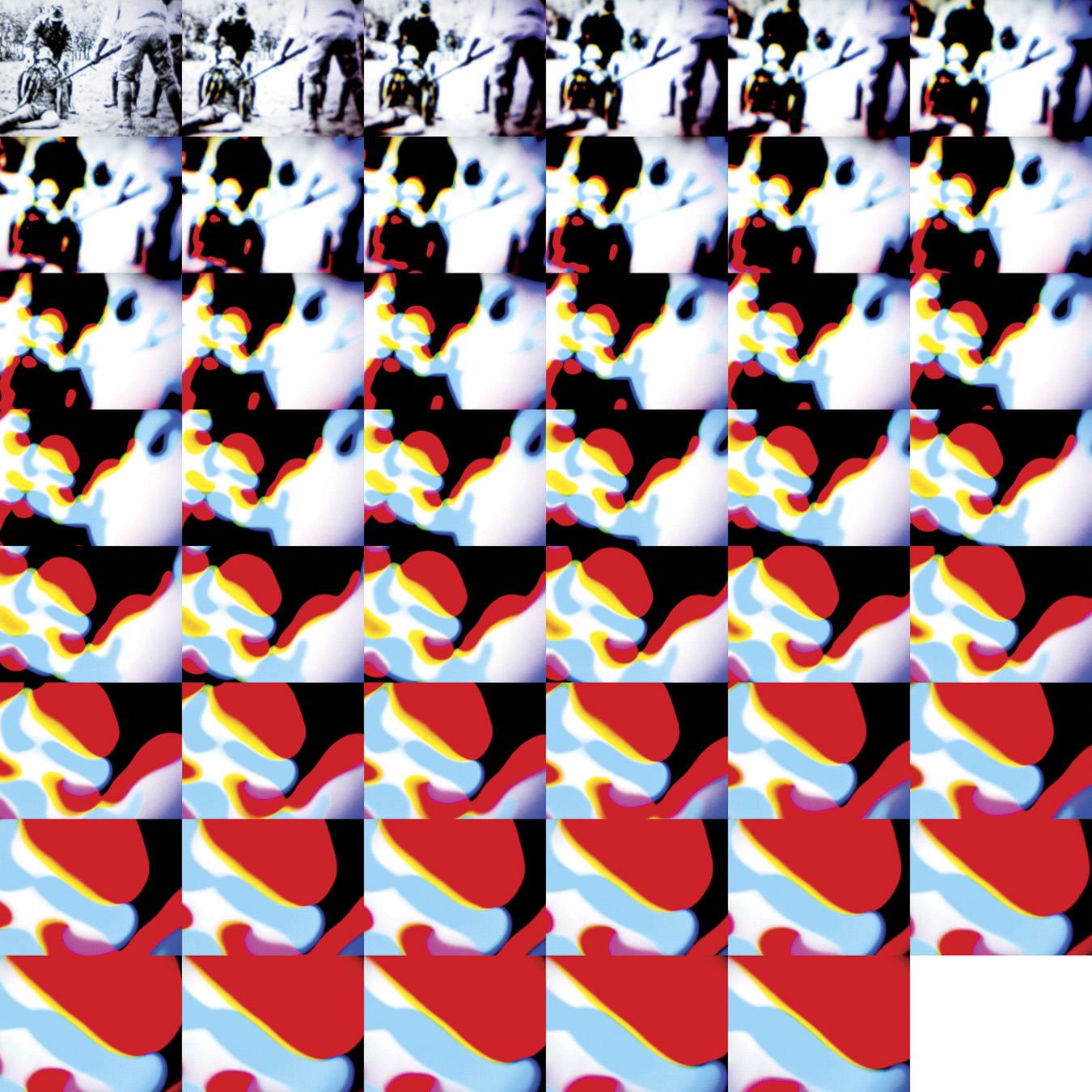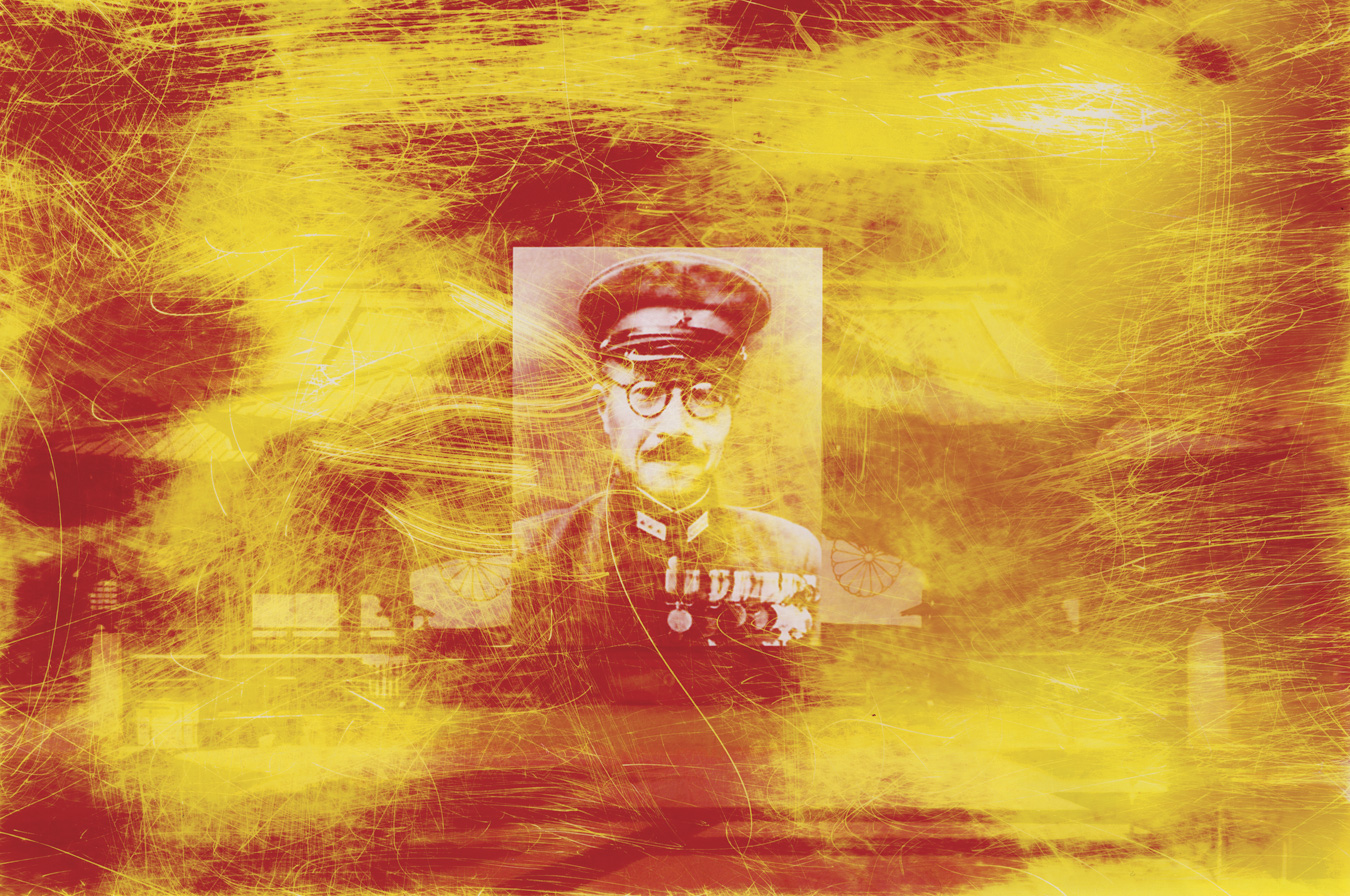
part (I)
Nationalism was promoted under the guise of patriotism through romanticism and of nature. The writings left behind by many young soldiers who wasted their lives for a transcendent cause reveal how they desperately sought rationale for their situations. By constructing a space with found archive photos and contemporary photographs taken by me, viewers can form and assign their own meanings to what they see, just as the young soldiers did. I photographed during dusk, a time referenced frequently in the writings. They embody the young soldiers’ melancholy and represent the dark expiration of life into death.
© 2017 Ying Min Goh

part (II)
The historical event of 47 Ronin was romanticised and transformed into a propaganda film as an example of ultimate loyalty to the state. It subtly facilitated the transformation of a symbol into a
symbol of mass killing. 47 images of atrocities committed by the Japanese during WWII are rephotographed 47 times each with an inspection camera that elicits an abstract and obscure imagery, highlighting how meaning can be endlessly interpreted. The final image has a distilled aesthetic, while the original paradoxically undergoes “evaporation” and “accretion” at the same time, cancelling each other out.
© 2017 Ying Min Goh

part (III)
14 convicted Class A criminals are worshipped as kami (deities) at the controversial Yasukuni Shrine where the war is recast in a glorified light. Serving as an analogous reaction to this whitewashing, a print created with a photograph of Yasukuni Shrine and that of each of the 14 criminals undergoes a “cleaning” process. It is first soaked in bleach, then scrubbed until its colours disappear. Ironically, images of the war criminals endure the “cleaning” process, mirroring the fallacy of the entire whitewashing effort.